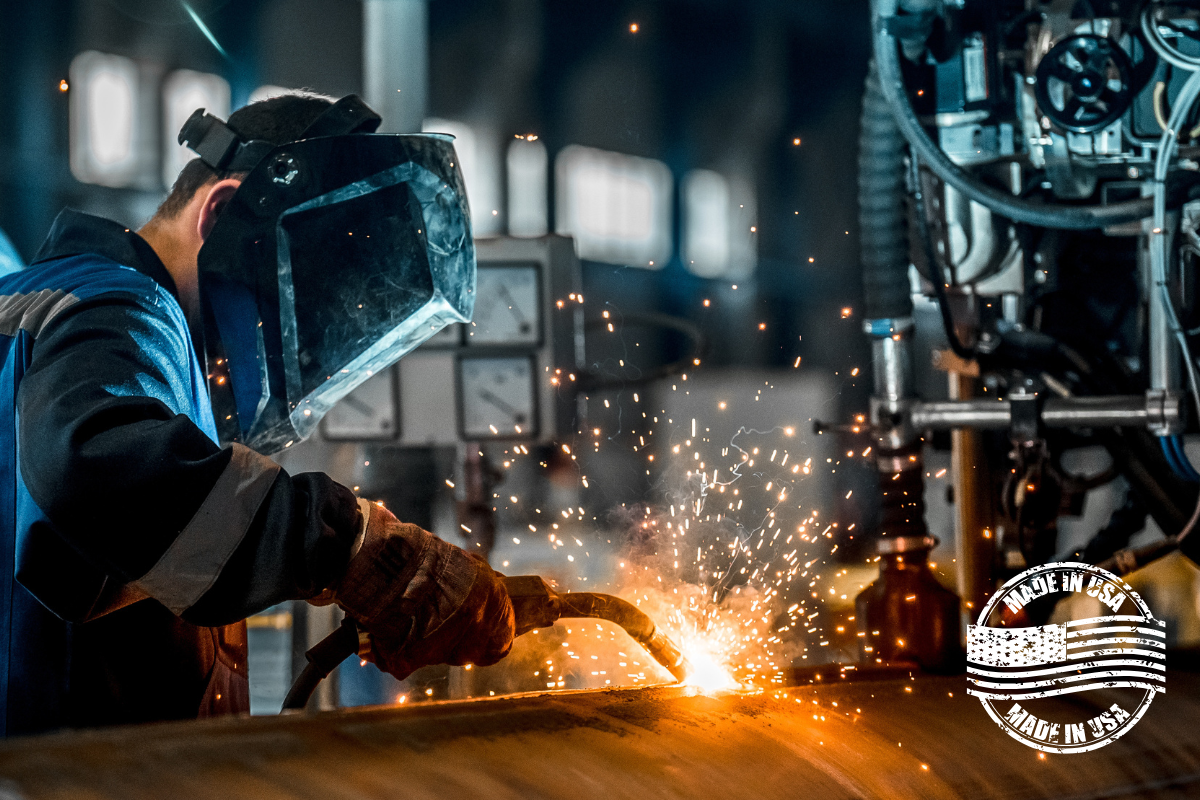.png?width=850&height=453&name=Sealants%20%2B%20Adhesive%20Blog%20Banner%20(3).png)
Silicone, Silane-modified, and Polyurethane are some of the primary polymers that make up different types of sealants and adhesives. Each brings unique properties, making each of them better suited for different applications.
Silicone sealants and adhesives contain silicon, oxygen, carbon, and hydrogen. The benefits of using silicone sealants include their excellent thermal stability, flexibility over a wide temperature range, low surface tension, and good electrical insulating properties. They are resistant to moisture, chemicals, and UV radiation.
 Silanes are chemical compounds that contain silicon, carbon, hydrogen, and sometimes other elements. Silane-modified sealants and adhesives are a type of adhesive technology that incorporates silane molecules into their formulation. A few benefits of silane-modified sealants and adhesives include the ability to cure in humid conditions, low VOC, and they are generally non-corrosive. However, silane-modifieds are best known as adhesion promoters. Thus, their primary benefit is excellent adhesion to a variety of surfaces.
Silanes are chemical compounds that contain silicon, carbon, hydrogen, and sometimes other elements. Silane-modified sealants and adhesives are a type of adhesive technology that incorporates silane molecules into their formulation. A few benefits of silane-modified sealants and adhesives include the ability to cure in humid conditions, low VOC, and they are generally non-corrosive. However, silane-modifieds are best known as adhesion promoters. Thus, their primary benefit is excellent adhesion to a variety of surfaces.
The properties of modified silanes can vary widely depending on the specific organic groups attached. They are often used as coupling agents to improve the adhesion between organic and inorganic materials.
Polyurethane sealants and adhesives' main building block is a polyol polymer. Isocyanates that react with the polyol play a crucial role in the curing process. This leads to the superior bond strength that is typical of polyurethanes. Other benefits of polyurethanes include high flexibility, excellent weather and chemical resistance, and exceptional durability.
Polyurethanes are versatile polymers and exhibit a wide range of properties depending on the specific formulation. They can be rigid or flexible, have good abrasion resistance, and can be tailored to have different levels of hardness and elasticity.
The choice between them depends on the specific requirements of a given application, such as mechanical properties, chemical resistance, and adhesion characteristics. In subsequent posts, we’ll do a more detailed breakdown, including providing the best applications for each.



.png?width=450&height=253&name=Sealants%20%26%20Adhesives%20Blog%20Banner%20(1).png)






